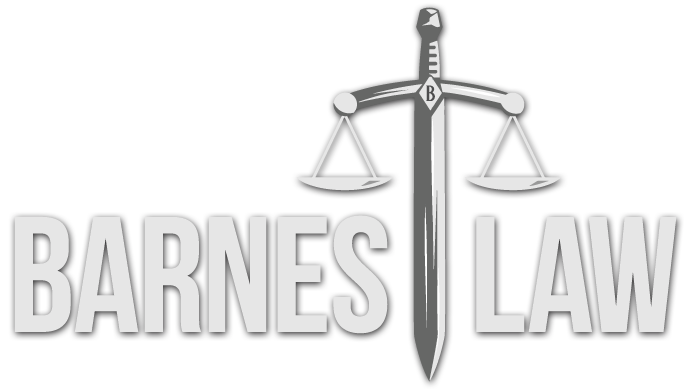The Clinton Tax Plan
If elected, Hillary Clinton’s tax plan would purportedly raise $1.1 trillion in federal revenue over the next decade, and another $2.1 trillion over the subsequent decade. This is accomplished via numerous tax increases predominantly aimed at the top 1% earners. Of course, if republicans take the Senate, Clinton’s tax plan will likely remain, for better or for worse, a liberal fantasy. Like most presidential candidates, her proposals are often short on detail, but she does include some specifics. Under Clinton’s plan, the top 1% would pay for 75% of the tax increases. For starters, Clinton would impose a 4% surcharge on taxpayers with adjusted gross income (“AGI”) over $5 million. Clinton would also implement “the Buffett Rule,” which would impose a 30% minimum tax on taxpayers with AGI over $1 million. Clinton would further limit certain deductions and exclusions to 28% of AGI.
Capital gain treatment, historically the democratic whipping boy, is subject to numerous changes under Clinton’s plan. Clinton would create a new schedule of capital gain rates that decrease as the holding period of the asset increased. An asset held less than two years would receive short-term capital gain treatment, i.e., taxed at ordinary income rates upon disposition. A 23.8% rate would apply to assets held over six years. Currently, a taxpayer must generally hold an asset for more than one year to receive favorable long-term capital gain treatment.
Clinton would reduce the estate and gift tax exemption to $3.5 million, with no adjustment for inflation, subject to a 45% tax rate. She would also limit the lifetime gift exemption to $1 million. This represents a massive reduction from the current $5.45 million exemption. Rich dead people are turning in their graves and cryostasis pods.
Somewhat cryptically, Clinton proposes to “modify” the rules for grantor trusts. She would also require consistency between valuations used for estate tax and income tax purposes. These provisions could have massive repercussions for a very small but rich portion of the population. Moreover, these provisions are frustrating because they limit the tax attorney’s ability to exploit glaring loopholes.
Clinton would tax carried-interest at ordinary income rates. Not exactly shocking. She would also require derivative contracts to be marked-to-market annually. The resulting gain or loss would be treated as ordinary income. That is bound to upset some managers of hedge funds and private equity firms, who will basically see their income tax bills double. Currently, there is a shortage of sympathy.
Clinton also takes aim at certain businesses. She would impose a “risk fee” on large financial institutions; add a new tax on high-frequency trading companies; and charge an “exit tax” on non-repatriated earnings. If passed practitioners will have to come up with a new term for the expatriation tax, which is already known as the “exit tax.” Yet another inconvenience.
Her plan would also terminate the tax incentives currently enjoyed by fossil fuel companies. Interestingly, Clinton would provide tax credits for businesses that hire apprentices, or share profits with employees.
Clinton’s proposed tax plan is designed to achieve her policy goals. Love it or hate it, these changes, if enacted, would significantly alter the current tax system.
— By Michael S. Cooper, Barnes Law
Michael Cooper is an associate attorney with Barnes Law, and is licensed to practice law in California.
The opinions expressed are those of the author and do not necessarily reflect the views of the firm, its clients, or any of its or their respective affiliates. This article is for general information purposes and is not intended to be and should not be taken as legal advice.
